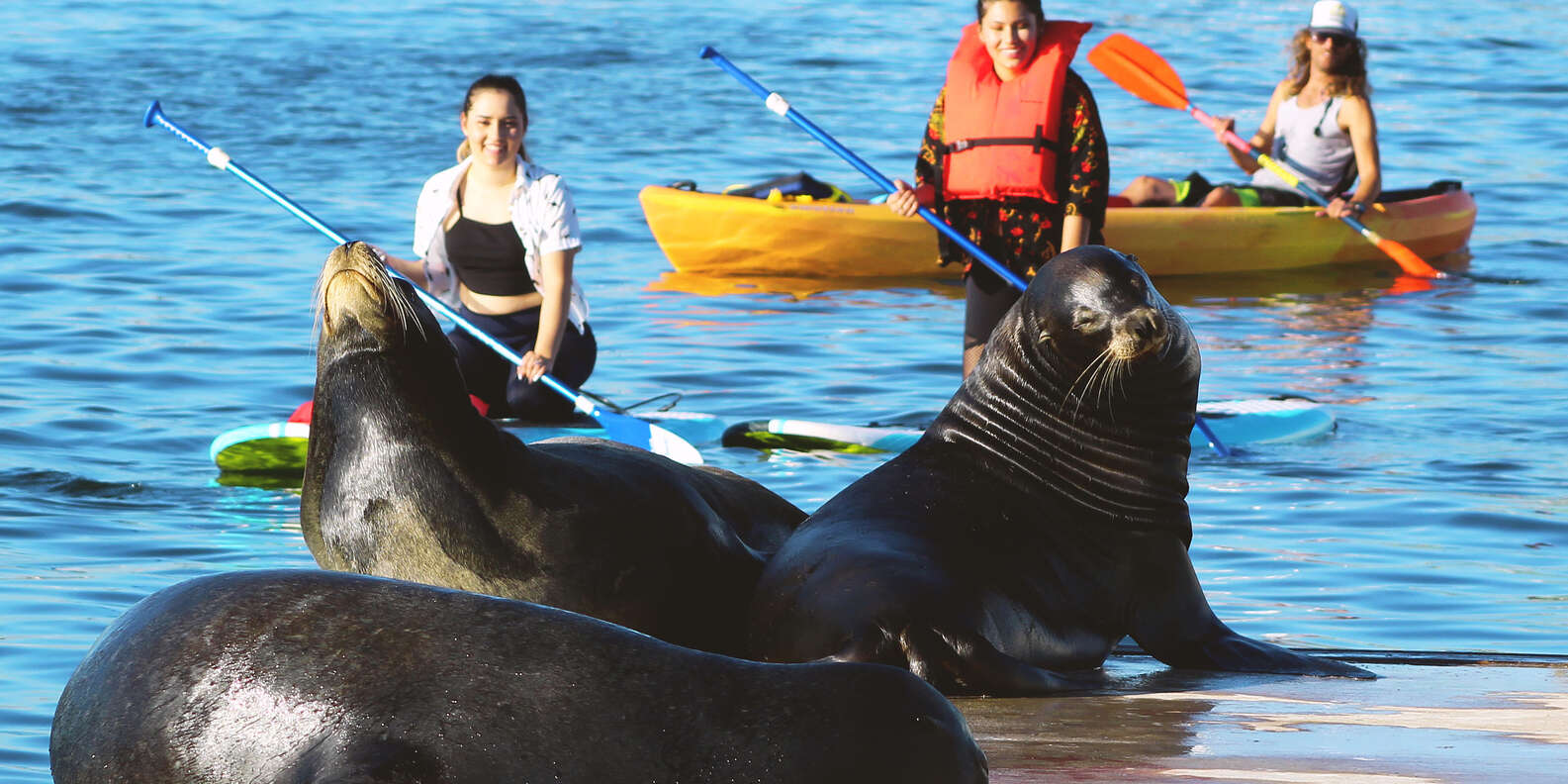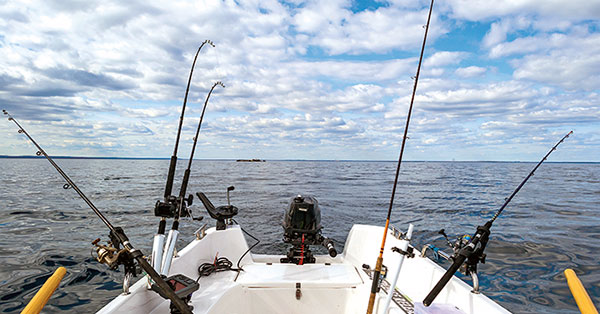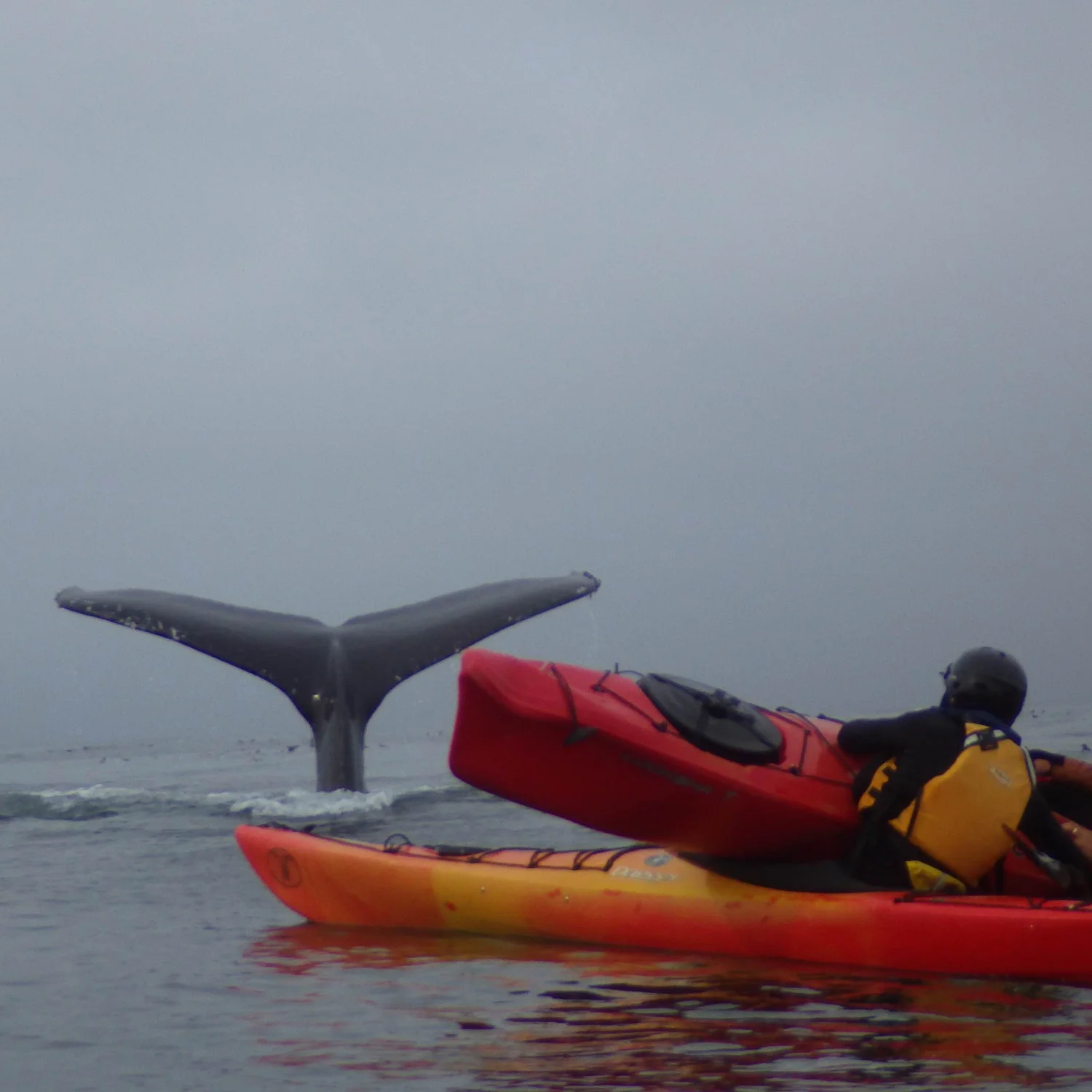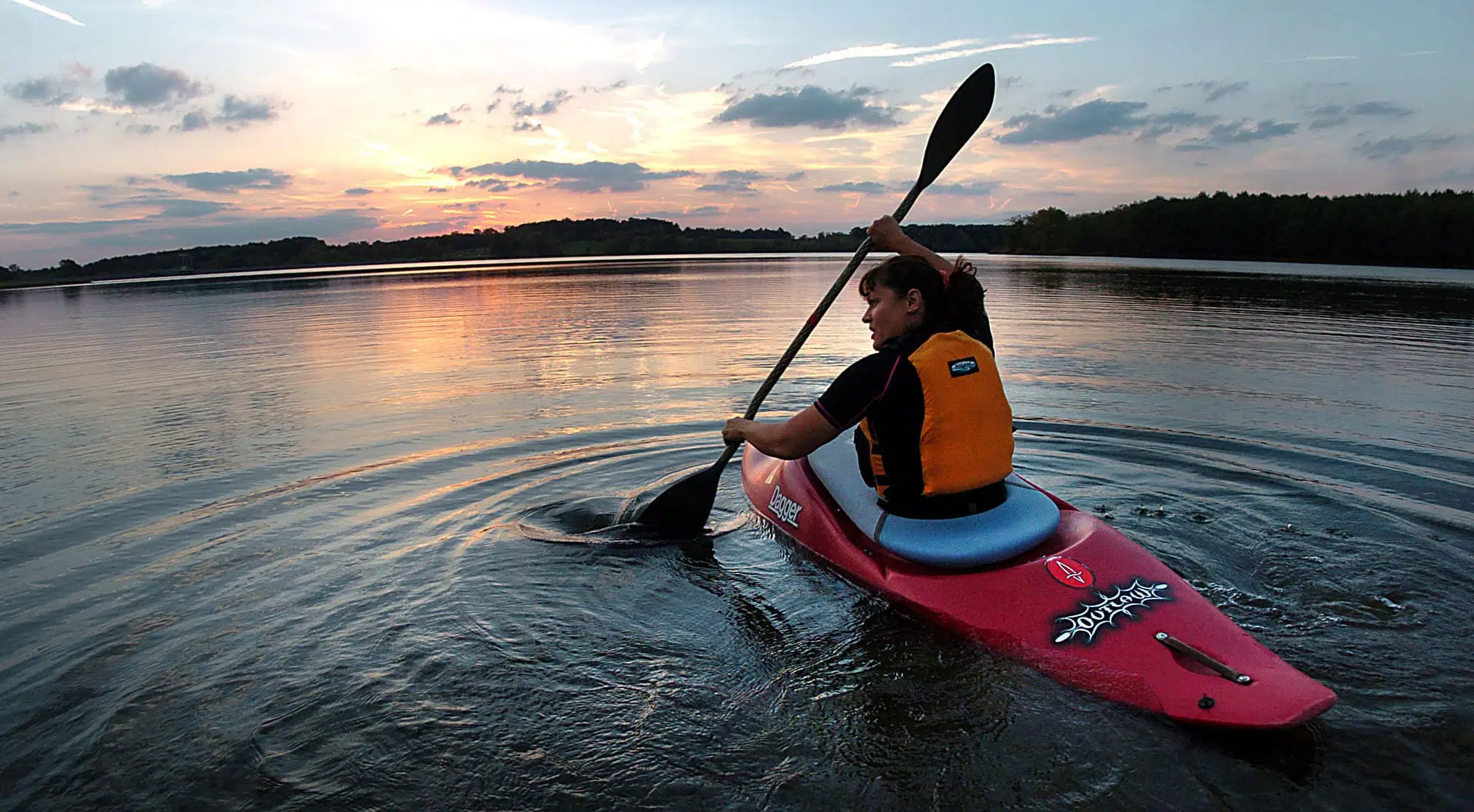
Do Sea Lions Attack kayaks? Let's Find Out
Do sea lions attack kayaks? Sea lions, which are also known as eared seals, are known for being loud and gregarious animals. People are often so captivated by their vast, liquid-like brown eyes that they forget that these large aquatic mammals are still found in their natural habitat. Kayakers get a kick out of paddling close to various species of wildlife, and for many paddlers, this is the primary motivation for participating in their sport. It's possible that these exchanges will go wrong sometimes, but do sea lions typically assault kayaks?
Do Sea Lions Have An Aggressive Temperament?
In general, mammals are inquisitive about their surroundings, and sea lions are no exception; they are more inclined to study their surroundings than to attack them. Even though there aren't many reports of sea lion attacks, there have been a few that weren't provoked.
Differences in behavior may be observed between sea lions that are habituated to the presence of humans and those that rarely come into contact with people. Sea lions that have become accustomed to the presence of people have less fear of them and are more prone to attack in certain situations.
Sea lions have formidable canine teeth, which they use to capture prey such as fish, squid, octopus, and other marine animals. However, despite the size of their teeth and the strength of their jaw, which makes it easy for them to cause severe damage, they only bite people very infrequently.
What Kinds Of Things Might Trigger A Sea Lion To Attack A Kayaker?
Although it is common knowledge that sea lions are not violent, they are still wild animals, and, as such, their behavior can be challenging to predict. As a consequence of this, there are some seasons of the year or circumstances in which they might be more aggressive.
Sea lions, like other animals, experience heightened arousal and more aggressive displays during the breeding season. This behavior is not unique to sea lions. During the breeding season, male sea lions can become quite possessive of their territories. As a consequence of this, they may be prone to taking a negative attitude toward kayaks while they are in their domain.
They will start off by giving warning barks and acting as though they are going to charge the kayak. If you hear a sea lion barking at you, it is best to maintain a safe distance away from the animal and avoid any potential danger. Sea lion mothers who have recently given birth to young are very protective of their young and may scare away any potential threats, even kayakers. They also have piercing barks that they utilize to communicate their dissatisfaction. Interfering with the relationship between a mother sea lion and her young sea lions could lead to a fight.
Toxins might be to blame for the strange behavior of some sea lions.
The vulnerability of sea lions to the effects of domoic acid poisoning has been established by researchers. The species of algae known as Pseudonitzschia australis is responsible for the production of domoic acid. Shellfish and other species of fish that are relatively small devour the algae.
These shellfish and other types of tiny fish make up a significant portion of the diet of sea lions. Because of this, there is an excessive amount of domoic acid. The toxic substance is eliminated from the body, but regrettably, sea lions are subjected to repeated chronic exposure, which has a detrimental effect on their health.
Domoic acid is toxic to the heart, as well as the brain and neurological tissue. The deterioration of the brain causes the individual to behave in an odd manner, which may lead to unprovoked attacks on people.
Be wary if you come across a sea lion that is behaving in an unexpected manner, such as biting random things, staggering, weaving, or being startled for no apparent reason. It is in everyone's best interest to get out of there as fast as you can and to notify the authorities as soon as you can.
There is a possibility that the sea lion has rabies or is suffering from domoic acid toxicity. Rabies is a dangerous disease that can cause patients to behave in an aggressive manner. Rabies is an infectious disease that can be lethal in both humans and animals.
Fishing Kayaks And Sea Lions
A popular way to fish on the water is from a kayak, which many anglers opt to use. Unfortunately, sea lions could consider the catch of fishermen to be their own personal supply of food. There have been a number of occasions in which sea lions have climbed onto boats in order to help themselves to whatever catch has been made that day.
In this scenario, the sea lion is not trying to assault the kayak; instead, it is taking advantage of an easy food opportunity. However, the kayaker runs the risk of being bitten if he makes an attempt to prevent the sea lion from eating the fish or if he uses his hands to try to force the sea lion off the kayak.
This problem occurs more frequently when sea lions have gotten accustomed to the presence of people and have lost their natural dread of them. As sea lions are stealing fish from a fisherman's line or when the fish are being reeled in, they will occasionally hit the kayak with their heads.
What Steps Should I Take in the Event That A Sea Lion Climbs Onto My Kayak?
If a sea lion climbs aboard your kayak but is not actively trying to harm you, the best course of action is to ignore it and keep paddling. It is hoped that the sea lion will leave as the kayak continues to travel.
If the sea lion is being aggressive and is sitting on your kayak, you should swiftly toss any fish that you have into the ocean and then paddle away as quickly as you can. You need to take precautions to prevent being bitten, despite the fact that this situation is less than ideal because it teaches the sea lion to identify kayaks with food.
If the sea lion on your kayak is not hostile, but your kayak is in danger of tipping over, try smacking the kayak with your paddle and issuing a solid cry in a loud, deep voice. If this does not work, try removing the sea lion from your kayak. Sea lions make a warning bark, and if the sea lion understands that you are making the same sound, it may get off on the kayak. Sea lions make this sound.
Take care not to provoke the sea lion into attacking by hitting it, as this could make it angrier. If the sea lion continues to harass you, shows signs of getting more aggressive, or puts your safety in jeopardy, you should attempt setting off an emergency flare if you have access to one.
It is of the utmost importance to keep your kayak from capsizing or turning over. There have been observations of sea lions climbing into kayaks in an effort to escape marine predators like the great white shark. You do not want to crash land in water since you do not know what kind of dangerous animals could be hiding beneath the surface.
The Last Word
Kayaks are rarely attacked by sea lions, and however, occasionally, they will inspect the kayak out of curiosity. It's possible that they are drawn to fishing kayaks because they can smell the fish and want a piece of the catch for themselves.
It is in everyone's best interest to preserve a safe distance between your kayak and any wild animals you encounter. This protects not just you but also the animals in the area.
Kayaks are not typically targeted by sea lions. However, there have been reports of incidents in which this has occurred. Male sea lions who are breeding are pretty territorial and could assault a kayaker. Mothers that have young will drive away strangers in order to defend their young, and they may attack a kayak if they perceive it to be a threat or if it causes them to become separated from their young.
An everyday activity for kayakers is to round the coastline, exploring a variety of coves and rocky outcroppings along the way. These locations are also frequented by sea lions, and as a result, the sea lions and humans will undoubtedly cross paths at some point. After that, the outcome is determined by a number of other elements.

















